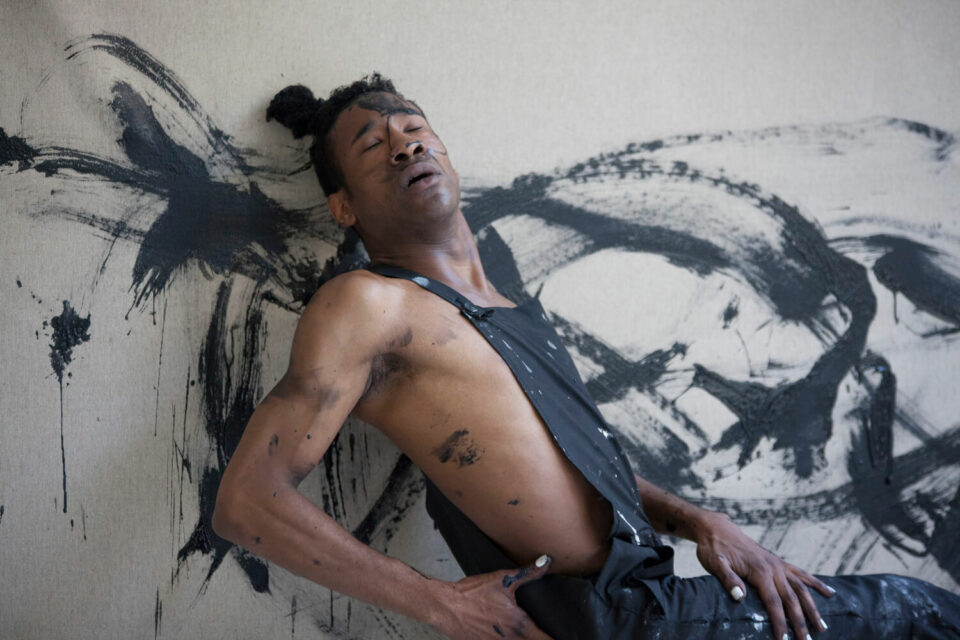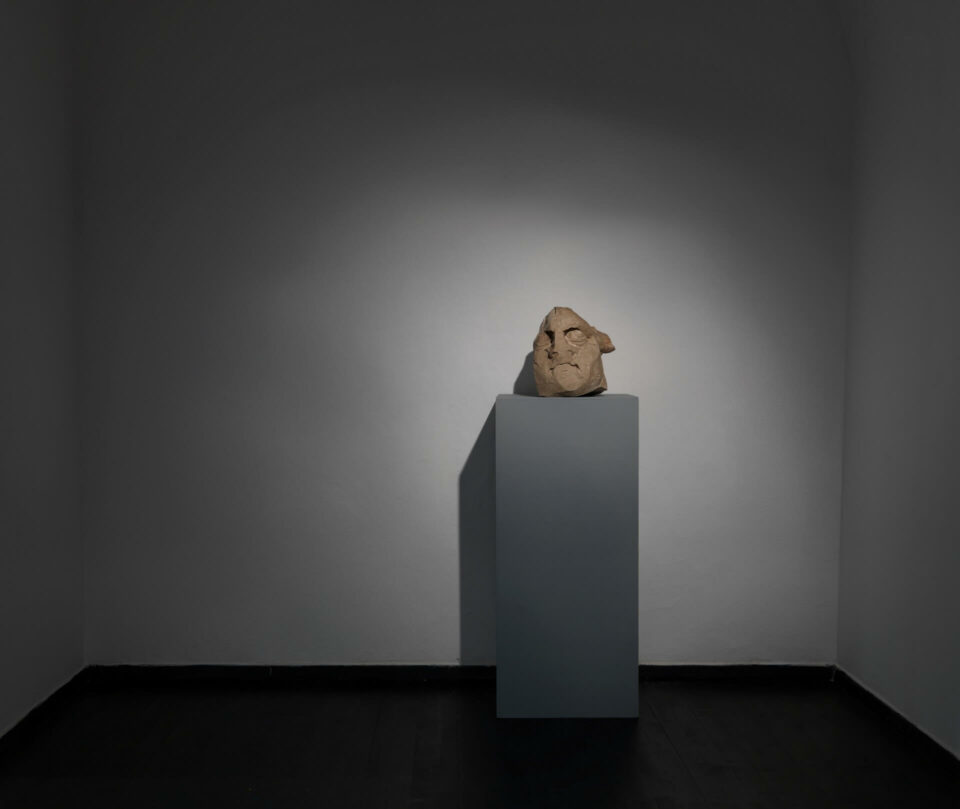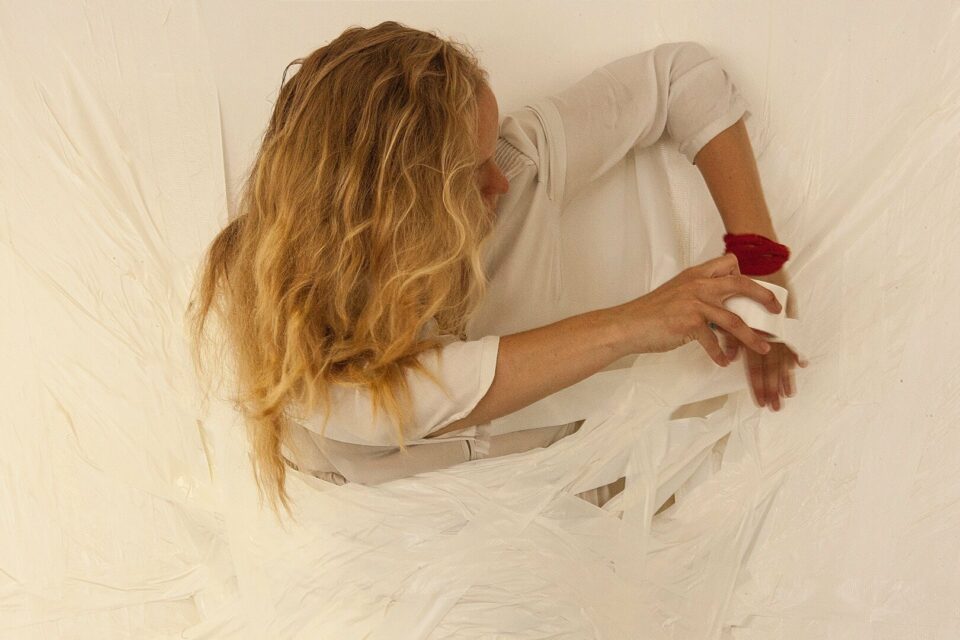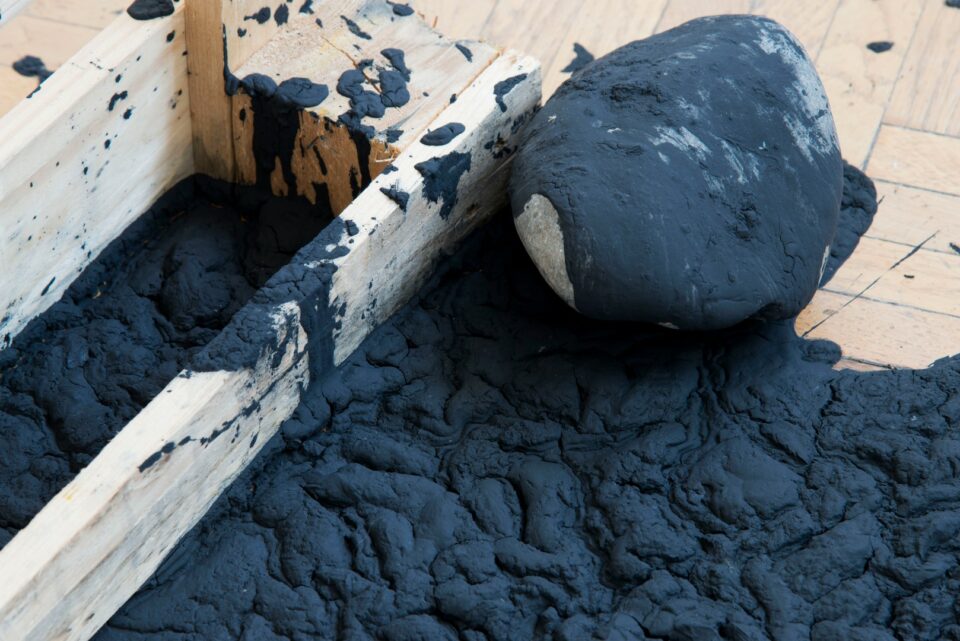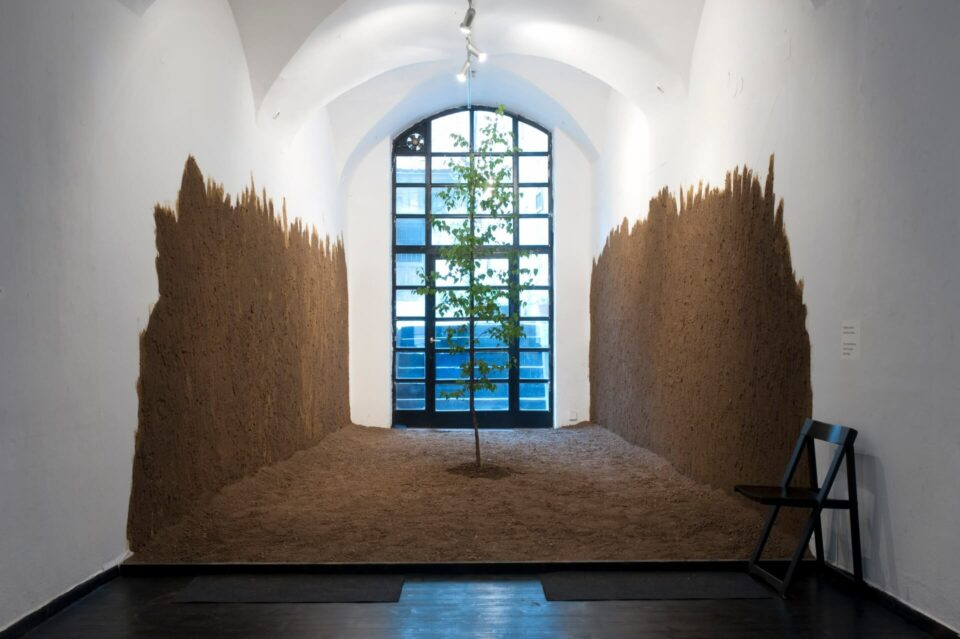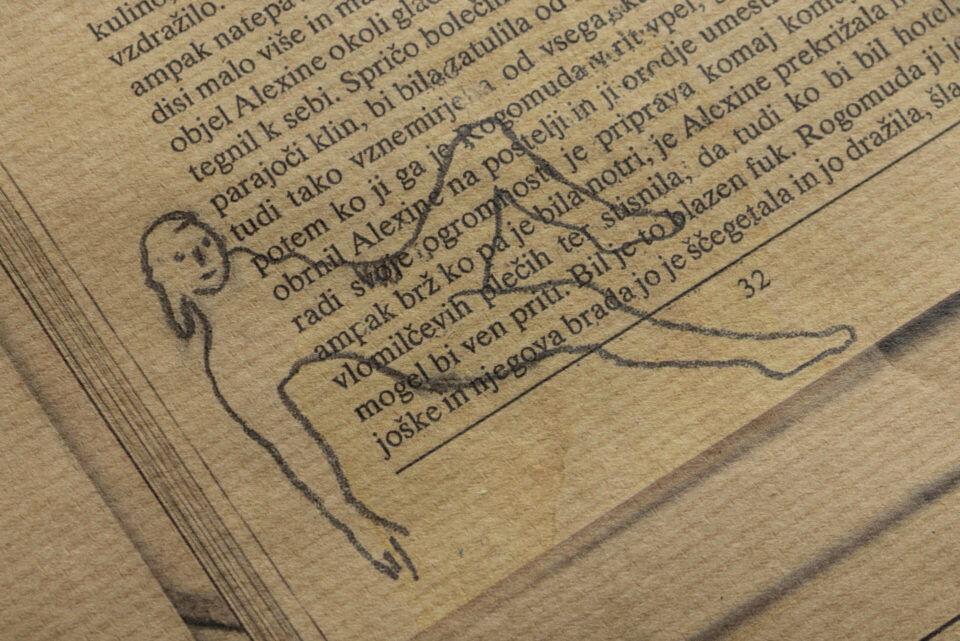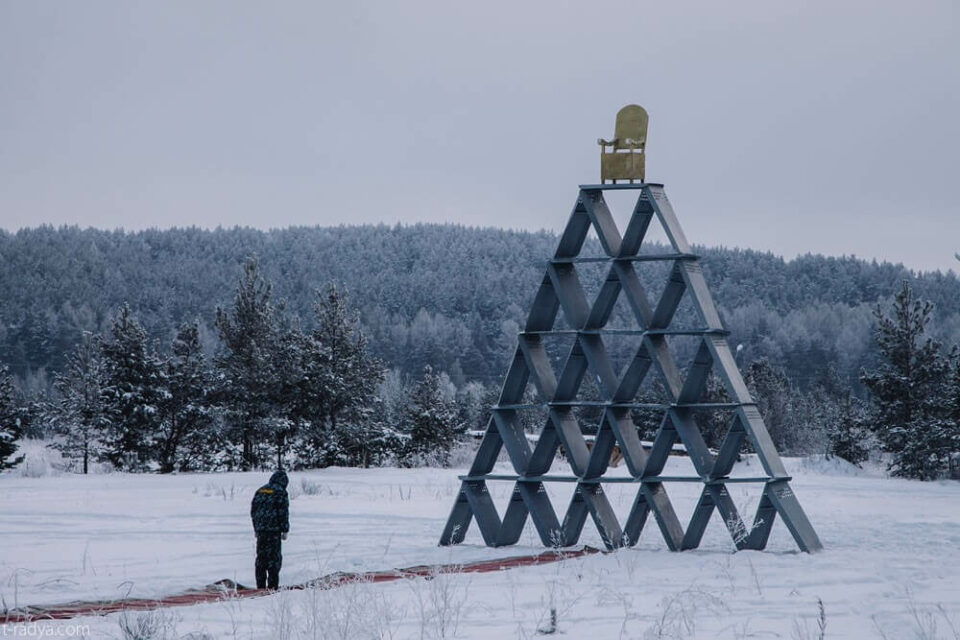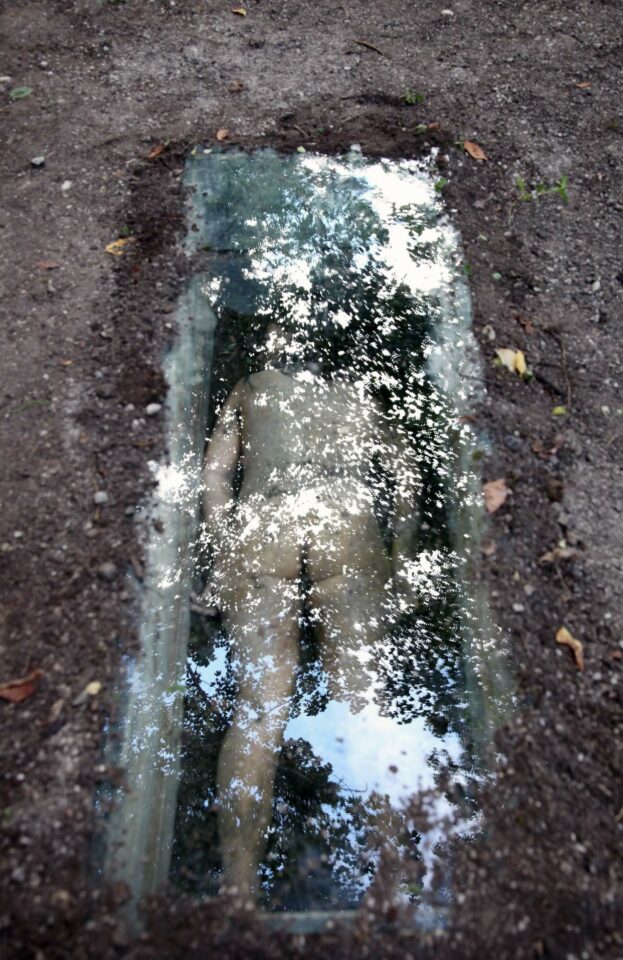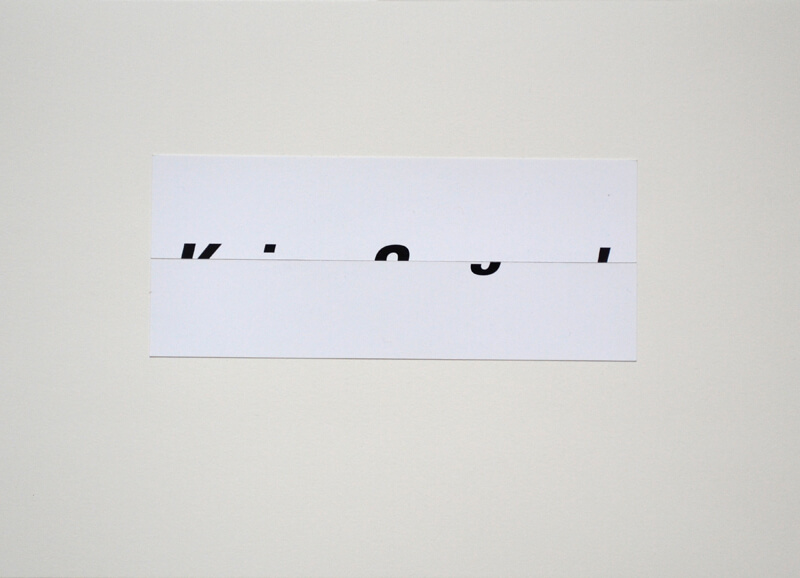The 32nd Ljubljana Biennial of Graphic Arts: Birth as Criterion
Artists: Michelle Andrade, Stephanie Brooks, Erica Ferrari, Riley Harmon, Jelsen Lee Innocent, Jarrett Key, Jon Key, Eric Khoo, Gabriel Kuri, Leo Junsuk Bang, Carlos Monroy, Moon Kyungwon, Ebecho Muslimova, Christopher Myers, Asuka Ohsawa, Alejandro Paz, Josse Pyl, Kaitlynn Redell, Alberto Rodríguez Collía, Gabriel Rodríguez Pellecer, Mario Santizo, Jennifer Schmidt, Slavs and Tatars, Jess X. Snow, Johanne Teigen, Nora Turato and Oli Watt
The driving force of the 32nd Biennial of Graphic Arts is the question of how can exhibiting art be approached differently.
The starting point for changing the structure of the art manifestation is the rhizome. In its rhizomatic concept, the Biennial has crossed the framework of the themed and curated exhibition, setting off to an unpredictable field, thereby opening up the space to various possibilities of connections, breaks and exits. The process was set off with a letter addressed to the recipients of the Grand Prize from the last five Biennial editions in Ljubljana. These were Jeon Joonho (2007), Justseeds (2009), Regina José Galindo (2011), María Elena González (2013) and Ištvan Išt Huzjan (2015). They were all asked to choose an artist at their discretion, whose work they believed in, respected, got excited about … Each invited artist was then asked to propose the next participant. The process was repeated for five rounds. This is how a collection of twenty-seven artists formed, who are taking part in the Biennial’s main exhibition. Its title is borrowed from the poem by Jura Detela, which accompanied every invitation in the wish to act as a trigger. Nevertheless, the Biennial is not about poetry, and the poem Birth as Criterion also has no interpretive framework. Rather, it is an impulse to artistic narrative and statement.
Biennial Collective: Irena Borić, Miklavž Komelj, Yasmín Martín Vodopivec, Nevenka Šivavec, Breda Škrjanec, Lili Šturm, Vladimir Vidmar, Asta Vrečko, Božidar Zrinski
The 32nd Ljubljana Biennial of Graphic Arts: Birth as Criterion
Main exhibition
International Centre of Graphic Arts (MGLC) and MGLC Švicarija, Ljubljana, Slovenia
16 June – 29 October 2017
Artistic Director: Nevenka Šivavec
Production: International Centre of Graphic Arts
Support: Municipality of Ljubljana City, Ministry of Culture of the RS
Photos: Jaka Babnik and Urška Boljkovac. MGLC Archive
The 32nd Ljubljana Biennial of Graphic Arts: Birth as Criterion Read More »

